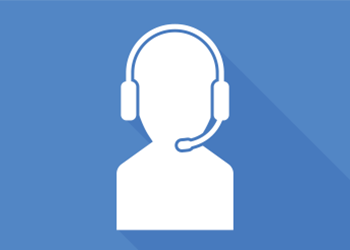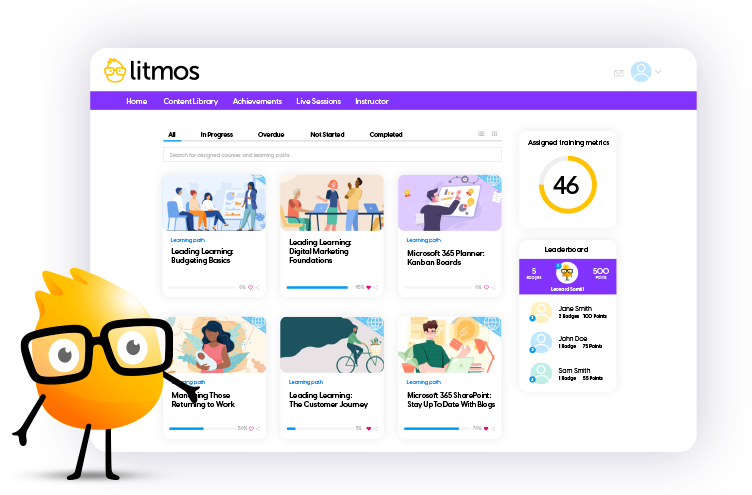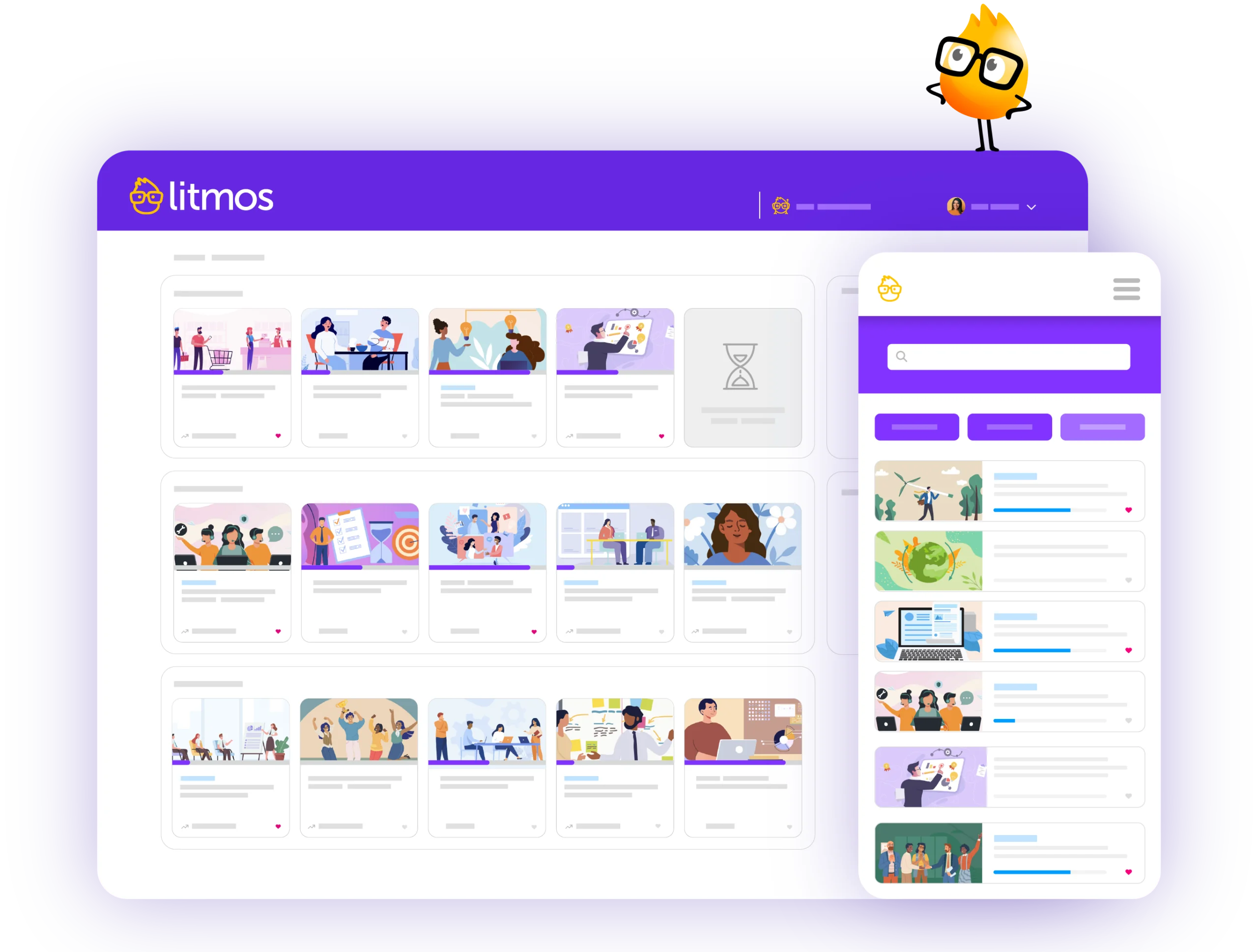INDUSTRY
Fostering a culture of learning has become a top priority for organizations looking to retain top talent and stay competitive in the face of rising complexity and disruption.
Empowering employees, customers, and partners through learning has never been easier with Litmos’ all-in-one learning solution. Thousands of global organizations are addressing the critical need for continuous training in compliance, leadership, technical and soft skills across the enterprise, by leveraging Litmos’ easy-to-use LMS, comprehensive content collections, and professional support services.
Explore training courses

Platinum
Leading Learning – Effective Listening Skills
Effective listening skills are vital to understanding others, following instructions, building rapport with colleagues and clients, and ultimately excelling in...
⟶
Platinum
Active Listening
Active Listening is listening effectively, communicating in the right ways, clarifying with the speaker, and making sure people feel heard....
⟶
Platinum
Listening Skills – Transform Your Customer Interactions
Listening may be the most underrated skill in selling. Learn four listening techniques that will enhance your ability to establish...
⟶








